Résultat de recherche de UNIT
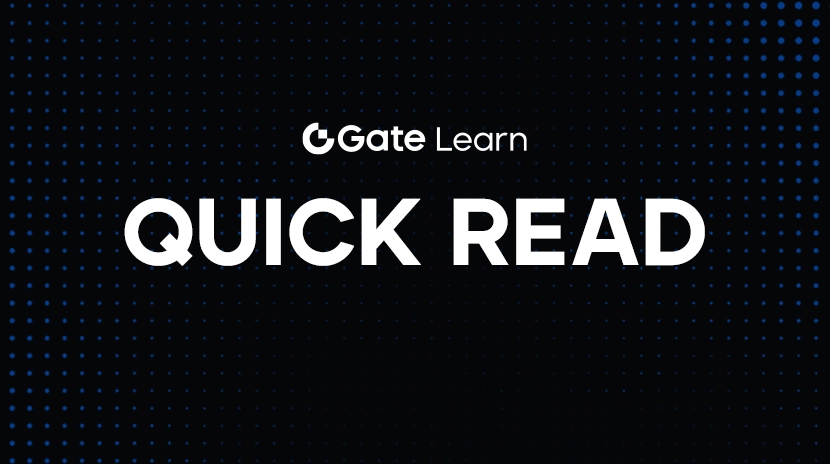
Débutant
Solana porte la limite de blocs à 60 millions d’unités de calcul et prépare une évolution majeure vers 100 millions d’UC
Solana a porté la limite de calcul de blocs sur son réseau principal de 50 millions à 60 millions d’unités de calcul, renforçant ainsi le débit du réseau et optimisant l’efficacité des frais de transaction. Dans ce contexte, nous analysons l’évolution récente du prix du SOL et mettons en lumière les opportunités de croissance à venir.
7/28/2025, 4:48:43 AM

Débutant
$PENGU, le jeton officiel des Pudgy Penguins et un symbole mondial de la communauté et de la résilience
PENGU, la pièce officielle des Pudgy Penguins, réunit l'une des communautés crypto les plus influentes avec une base de fans mondiale.
1/14/2025, 3:05:25 PM

Intermédiaire
Newton: Réaliser l'unité de la chaîne avec un seul portefeuille
Magic Labs et Polygon Labs ont conjointement lancé le nouveau réseau inter-chaînes, Newton, qui permet aux utilisateurs de se connecter de manière transparente à n'importe quelle chaîne et à n'importe quelle Dapp avec un seul portefeuille. En intégrant le cadre de protocole modulaire Agglayer et la solution de portefeuille d'abstraction de chaîne Passport, Newton démontre un potentiel significatif pour résoudre la fragmentation de la liquidité et optimiser l'expérience d'interaction inter-chaînes de l'utilisateur.
3/3/2025, 8:14:46 AM

Débutant
$CAR : Le jeton mème révolutionnaire qui unit une nation et transforme la crypto
Découvrez le guide complet sur $CAR, le jeton mème révolutionnaire lancé par le Président de la République centrafricaine.
3/5/2025, 1:23:17 AM

Débutant
Jeton MKAT : Exploration de la memecoin révolutionnaire de Memeerkat
Découvrez le jeton MKAT, le memecoin natif de Memeerkat construit sur la blockchain TON, favorisant l'unité, la collaboration et la croissance pilotée par la communauté.
1/20/2025, 3:18:33 AM

Débutant
PENGU : Le battement de coeur des pingouins dodus
PENGU, le jeton officiel des Pudgy Penguins, réunit une communauté mondiale avec sa communauté dynamique, son impact culturel et ses bonnes vibrations. Adoptez le style de vie Pingouin !
12/27/2024, 4:17:19 PM
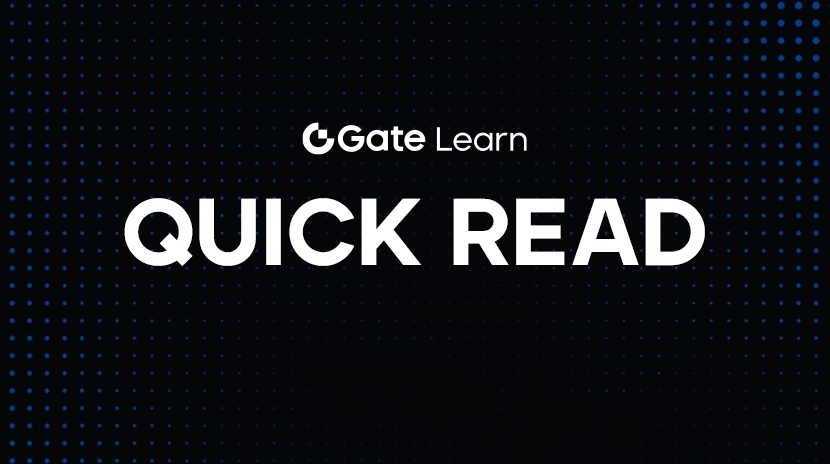
Débutant
Que signifie GM ? Exploration du sens et de la culture entourant GM dans le secteur des crypto-actifs
GM constitue une règle tacite dans la communauté crypto ; même en période de forte volatilité des marchés, GM incarne l’esprit d’unité et la foi de la communauté en l’avenir.
9/24/2025, 7:11:24 AM
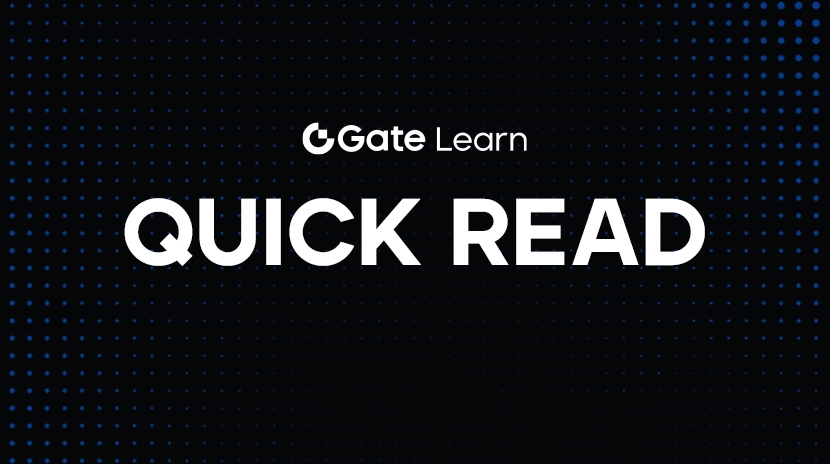
Débutant
Gate Travel : une nouvelle définition du voyage portée par l’innovation Web3
Gate Travel réunit le secteur du voyage et la technologie blockchain, offrant une expérience de planification de séjours à l’échelle mondiale, simple et efficace, au sein d’une plateforme unique et intégrée.
9/16/2025, 2:41:50 AM
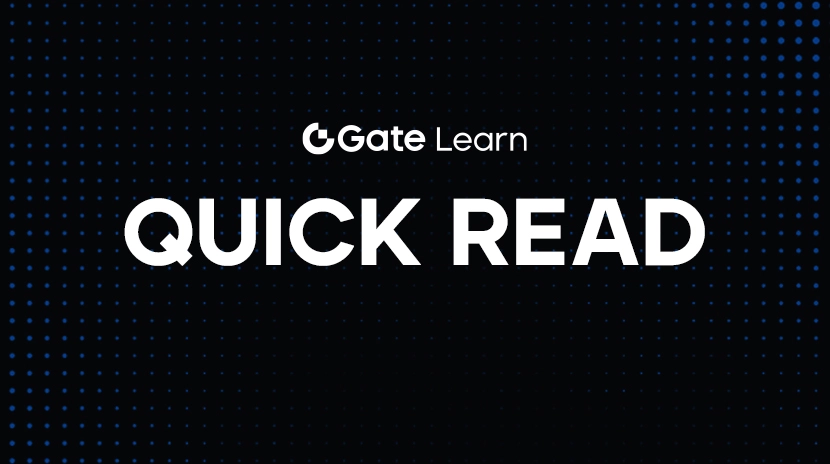
Débutant
Qu'est-ce que W-Coin (WCOIN) ?
W-Coin (WCOIN) est un jeu blockchain Tap-to-Earn conçu sur la blockchain TON, reposant sur un écosystème Web3 intégré qui réunit la gouvernance communautaire, les NFT et le staking.
8/8/2025, 7:21:42 AM
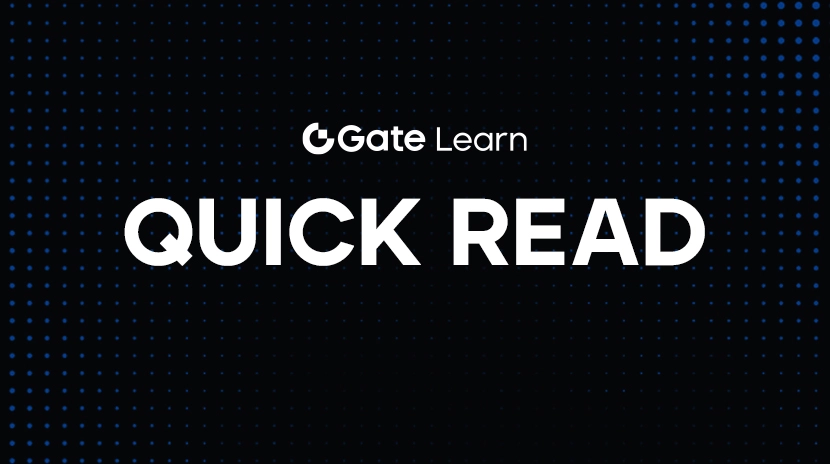
Débutant
Loaded Lions : passage de Cronos à un écosystème de jeu NFT+IA multichaîne
Loaded Lions réunit les NFT, l’intelligence artificielle et le gaming blockchain. Lancé sur Cronos, le projet s’est ensuite déployé sur Solana et Arbitrum, posant les bases d’un écosystème de jetons $LION diversifié et multi-chaînes.
8/15/2025, 8:11:14 AM

Débutant
Qu'est-ce que Eagles Landing (EGL1) ?
Eagles Landing (EGL1) symbolise l'aigle à tête blanche américain, évoquant la résonance émotionnelle des utilisateurs avec la liberté et l'unité, et attirant l'attention des communautés intéressées par la spéculation et la culture des mèmes.
7/2/2025, 6:56:52 AM
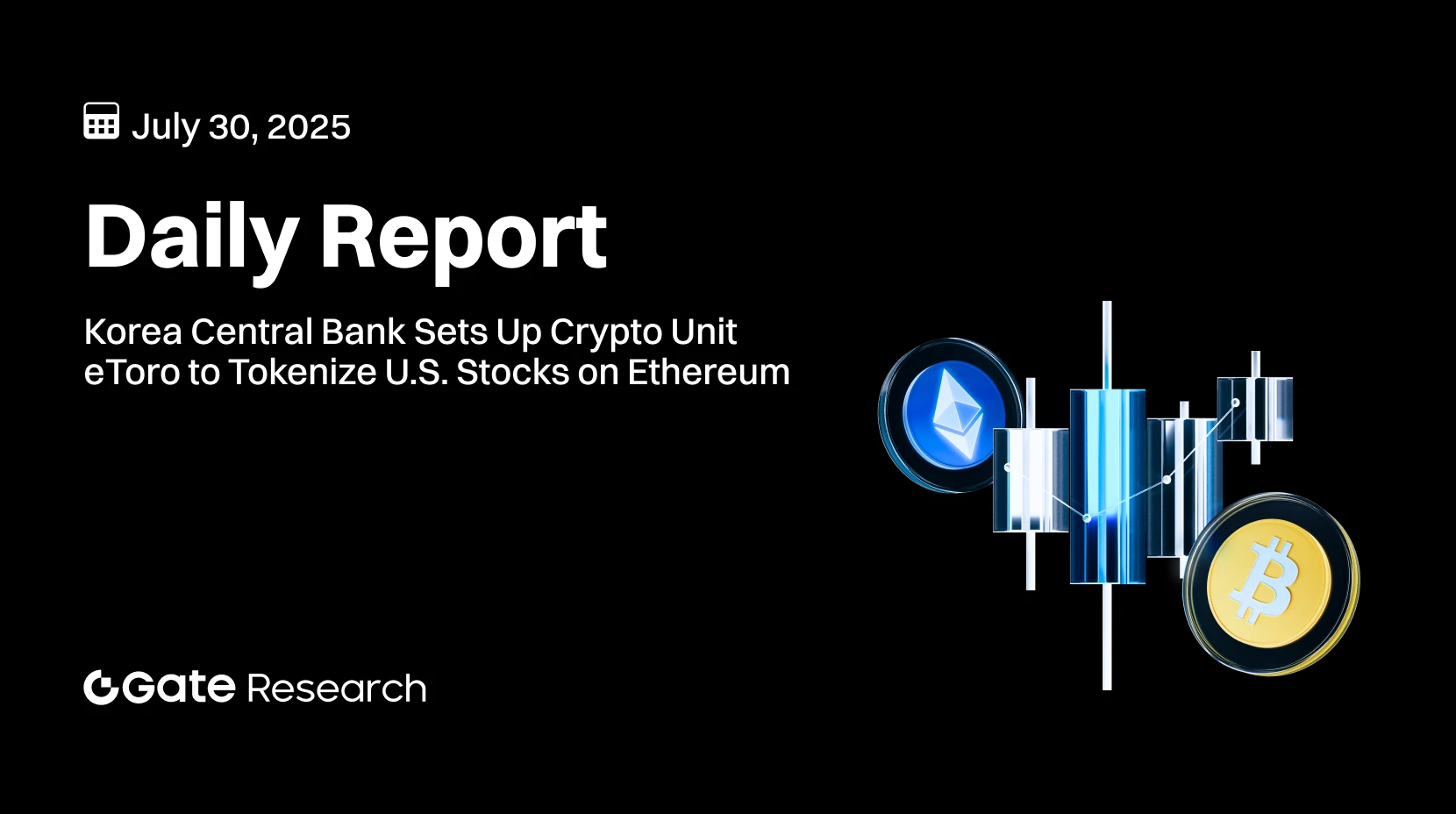
Avancé
Gate Research : La Banque centrale de Corée met en place une unité dédiée aux cryptomonnaies|eToro va procéder à la tokenisation d’actions américaines sur Ethereum
Rapport quotidien Gate Research : Le 30 juillet, le BTC a poursuivi sa consolidation latérale, tandis que l’ETH a fait preuve de vigueur relative avec une légère tendance haussière. Les principales altcoins ont affiché des performances mitigées, confirmant la persistance de la rotation sectorielle sur le marché. La Banque de Corée a mis en place une task force dédiée aux actifs virtuels afin de soutenir l’institutionnalisation d’une législation sur les stablecoins adossés au won coréen. Dans le même temps, eToro a annoncé le lancement prochain d’actions américaines tokenisées sur Ethereum, offrant un accès au trading 24h/24, 5j/7, et accélérant l’intégration des RWA. Au sein de l’écosystème Linea, le projet DEX Etherex lancera son jeton natif REX le 6 août, renforçant ainsi le déploiement de l’infrastructure de liquidité.
7/30/2025, 4:31:55 AM

Débutant
Jeton PIZZA : Une part d'innovation dans l'écosystème Solana
Découvrez le jeton PIZZA - un actif inspiré par les mèmes sur Solana qui réunit les amateurs de pizza et les passionnés de crypto. Apprenez-en davantage sur sa tokenomie et les dernières nouvelles de partenariat. Balises de sujet: Lectures rapides
2/26/2025, 8:12:46 AM

Débutant
Maiga AI : la nouvelle définition du trading DeFi avec une plateforme d’agents intelligents
Maiga AI réunit l’intelligence artificielle, la technologie blockchain et la finance décentralisée afin de lancer le tout premier modèle Proof of Trading au monde, offrant ainsi aux utilisateurs la possibilité d’optimiser la gestion et les opérations de leurs actifs avec une efficacité sans égal.
9/18/2025, 1:36:46 AM
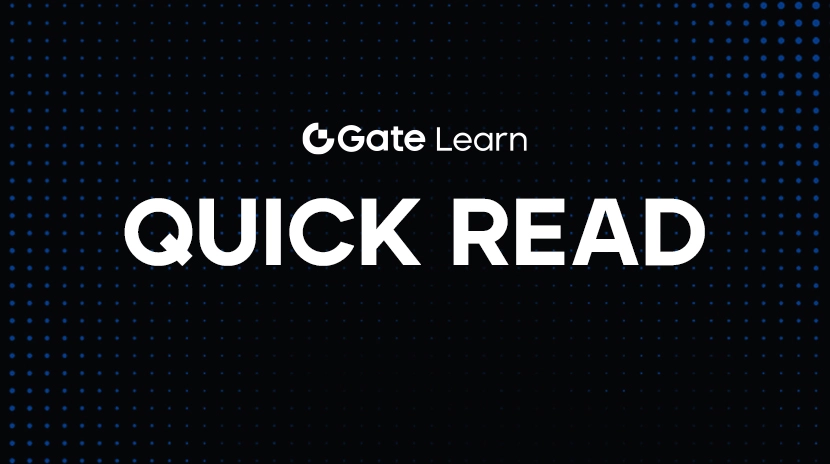
Débutant
Staking de BTC sur Gate : bénéficiez de récompenses quotidiennes et d'un rachat flexible
Ce produit propose un rendement annualisé estimé à près de 3 %, le volume total de BTC mis en staking ayant dépassé 1 848 unités. Il suffit aux utilisateurs de placer leurs BTC en staking pour recevoir aussitôt, à parité, des GTBTC et commencer immédiatement à toucher des récompenses.
7/28/2025, 2:19:42 AM
Découvrez le monde des cryptomonnaies et abonnez-vous à Gate pour une nouvelle perspective
